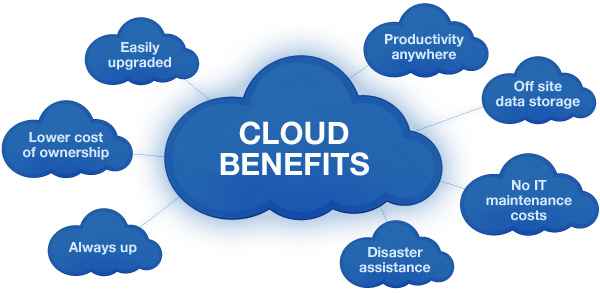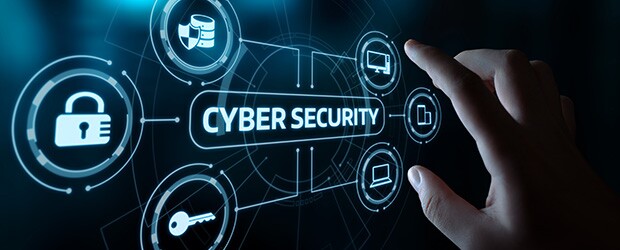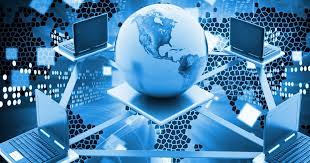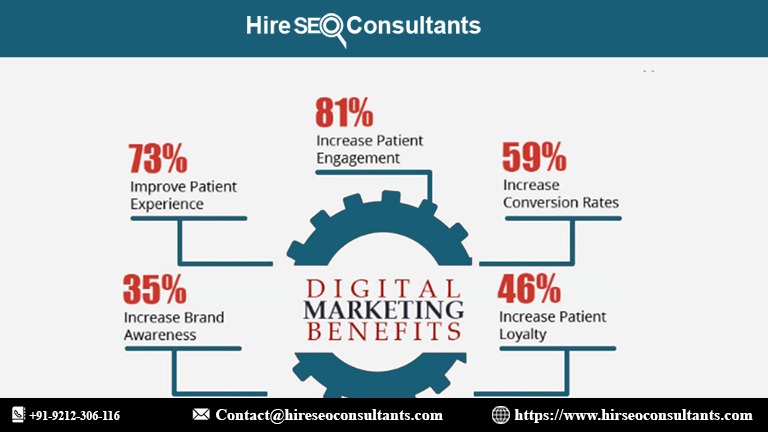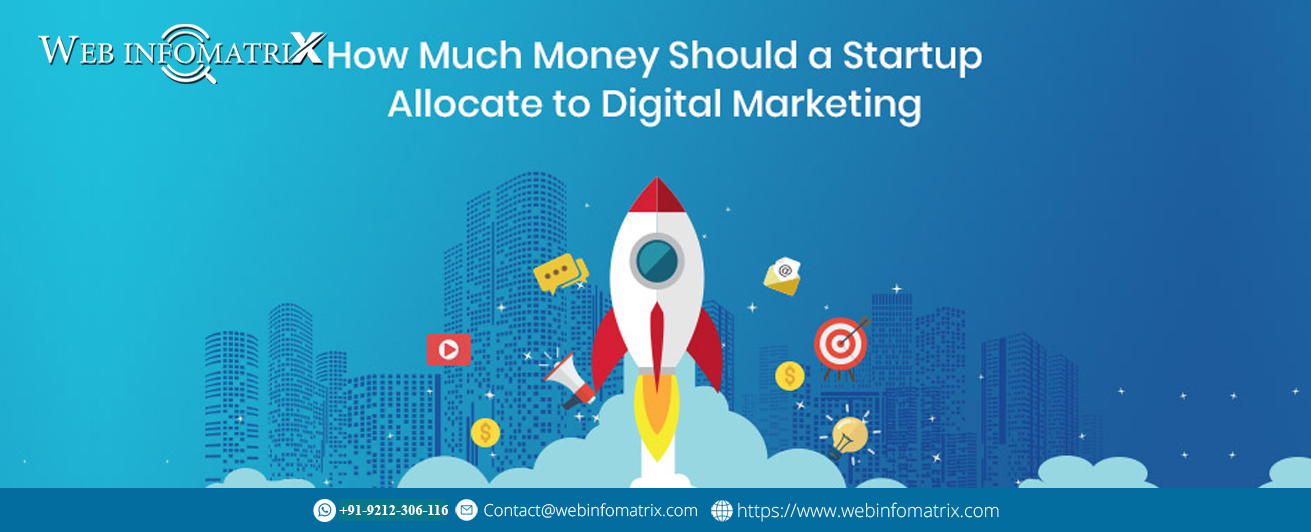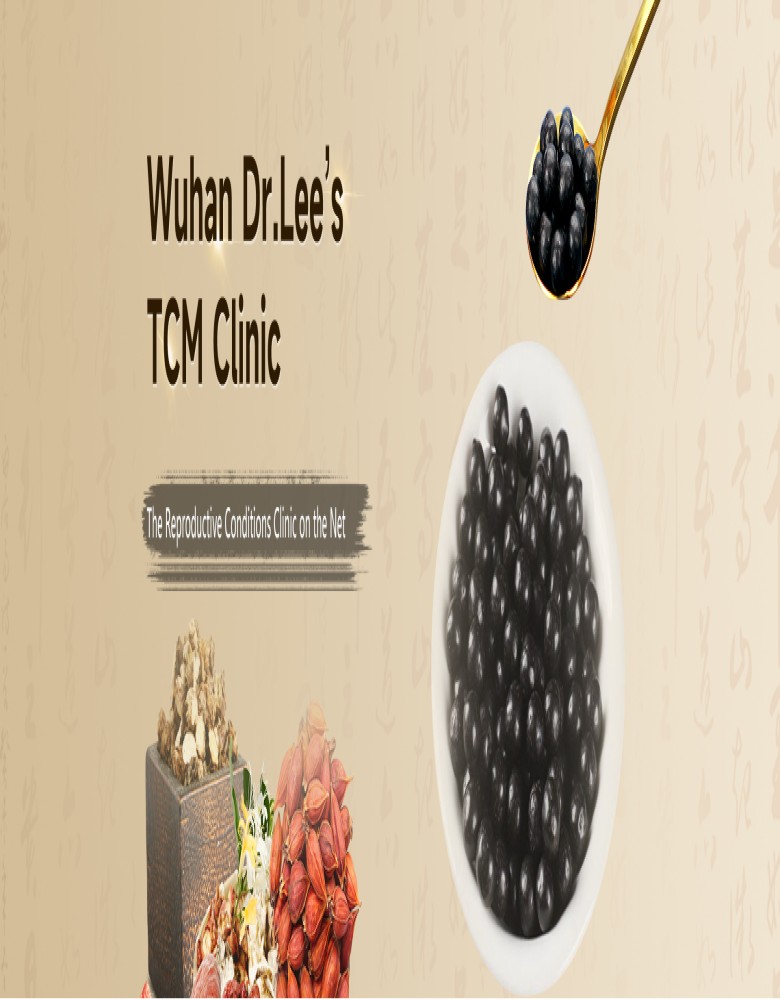Explaining the Internet of Things in modern life
Internet of Things is for security and privacy persist, the potential for IoT to shape a brighter and more connected future is undeniable.

Internet of Things is a network of interconnected devices and sensors, has found its way into our homes, industries, healthcare systems, transportation networks, and more, revolutionizing modern life in unprecedented ways.
In this blog post, we will delve into the multifaceted role of IoT in our daily lives, exploring its applications, benefits, challenges, and the potential it holds for the future.
Understanding the Internet of Things
At its core, IoT is a network of physical objects or "things" embedded with sensors, software, and connectivity capabilities that allow them to collect and exchange data over the internet. These "things" can be anything from household appliances and wearable devices to industrial machines and even vehicles.
The IoT ecosystem operates on the principle of data exchange and automation.
Internet of Things in the Smart Home
One of the most visible and rapidly growing applications of IoT is in the smart home domain. From thermostats that learn your temperature preferences to voice-activated assistants like Amazon's Alexa and Google Home, IoT has turned our homes into intelligent living spaces.
- Smart Thermostats: IoT-enabled thermostats like the Nest Learning Thermostat have the ability to adjust the temperature based on your habits and preferences.
- Voice Assistants: Devices like Alexa and Google Home have become integral parts of modern households. They can control lights, play music, answer questions, and even help with grocery lists, all through voice commands.
- Home Security: IoT cameras, motion sensors, and smart locks provide homeowners with real-time security monitoring and control. These devices can send alerts and allow remote access, enhancing home security.
IoT in Healthcare
IoT is transforming the healthcare industry by improving patient care, remote monitoring, and the efficiency of medical processes.
They can alert users to potential health issues and share data with healthcare providers for better diagnostics.
- Remote Patient Monitoring: IoT enables patients with chronic conditions to be monitored remotely, reducing hospital visits and healthcare costs. Devices like blood glucose monitors and pacemakers can transmit data to healthcare professionals in real-time.
- Healthcare Asset Tracking: Hospitals use IoT to track the location and usage of medical equipment, optimizing inventory management and improving patient care.
IoT in Transportation
The transportation sector has seen significant advancements with the integration of IoT technologies.
- Connected Vehicles: IoT-enabled vehicles can communicate with other vehicles and infrastructure to improve safety and traffic management.
- Public Transportation: Smart transportation systems use IoT to optimize public transit routes, monitor passenger loads, and provide real-time updates to commuters about bus and train arrivals.
- Autonomous Vehicles: The development of self-driving cars relies heavily on IoT technologies for real-time data on road conditions, traffic, and vehicle positioning.
IoT in Agriculture
The agriculture industry is benefiting from IoT in various ways, improving crop yield, resource management, and sustainability.
- Precision Agriculture: IoT sensors and drones collect data on soil moisture, temperature, and nutrient levels. This data helps farmers make informed decisions about irrigation and fertilization, leading to higher crop yields and reduced resource waste.
- Livestock Monitoring: IoT devices can track the health and location of livestock, helping farmers ensure the well-being of their animals and optimize feeding schedules.
IoT in Industry
In industrial settings, IoT is driving the fourth industrial revolution, often referred to as Industry 4.0.
- Predictive Maintenance: IoT sensors on machinery collect data on performance and wear and tear.
- Inventory Management: IoT-enabled tracking systems provide real-time data on inventory levels and locations, helping companies optimize their supply chains.
- Quality Control: IoT sensors can monitor product quality in real-time, identifying defects and reducing waste in manufacturing processes.
- Energy Efficiency: IoT can help industries reduce energy consumption by monitoring and controlling equipment and lighting systems based on usage patterns.
IoT Challenges and Concerns
- Security: With billions of interconnected devices, IoT networks are susceptible to cyberattacks. Ensuring robust security measures is crucial to protect user data and prevent unauthorized access.
- Privacy: The vast amount of data collected by IoT devices raises concerns about user privacy. Striking a balance between data collection for functionality and user privacy is an ongoing challenge.
- Interoperability: IoT devices often come from different manufacturers and use various communication protocols.
Before we delve into the pervasive influence of IoT, let's clarify what it entails. IoT is a network of interconnected devices, sensors, and systems that communicate and exchange data over the internet.
What's Your Reaction?








